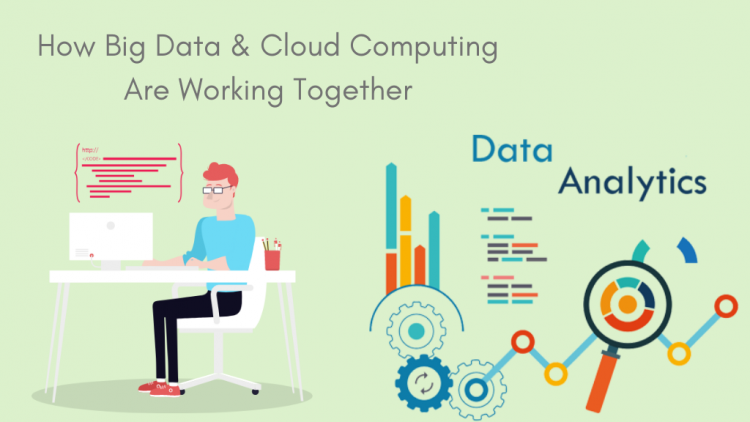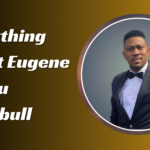How Big data and Analytics Are Taking Major Jump On Cloud Based Industries?
Large enterprises understand the importance of data and utilize it to fulfil their roles, uncover problems, and discover new possibilities for expansion. Big data has also emerged as a critical component of machine learning, allowing for the training of complicated models and the facilitation of AI.
While big data has many advantages, the vast number of computer resources and application software required to sustain significant data analytics solutions initiatives may burden even the most prominent companies’ monetary and human capital. The cloud has made considerable progress in meeting the demand for extensive data. It can offer almost unlimited computing resources and services, making big data projects feasible for any organization.
Analyzing large amounts of data demands networks, storage, and processors. As a result, some companies are opting to outsource this burden and cost to the cloud to save time and money. Extensive cloud data creates new business possibilities that enable comprehensive data analysis while overcoming various technological and architectural challenges.
How Big Data and Cloud Computing are working together
- In the past months, there’s been a growing need to collect and analyze ever-increasing amounts of data in various areas, including finance, research, and government. Systems to support large amounts of data and host them utilizing cloud computing have been created and effectively used. Unlike big data, which is capable of storing and analyzing information, cloud computing offers a dependable, fault-tolerant, accessible, and different way in which large datasets may fulfil their functions.
- The public cloud has been established as an excellent platform for handling large amounts of data. A cloud contains the services and supports that a company may use on-demand, and the firm is not required to create, own, or manage the environment that includes the cloud. As a result, big data solutions are now accessible and cheap to businesses of almost any size, thanks to the cloud.
- Regarding big data, specifically advanced analytics, both the commercial and scientific worlds see it as a means to correlate data, identify patterns, and forecast future trends. As a result, there is great interest in exploiting these two technologies since they may offer companies a competitive edge while also providing research with methods for aggregating and summarising experimental data.
- The idea of big data has emerged as a significant driver of innovation in academia and business organizations. Essentially, the paradigm is seen as an attempt to comprehend and get appropriate insights from large datasets (big data analytics), which provides summarized information across massive data loads of various sizes. As a result, businesses view this paradigm as a tool for better understanding their customers, getting closer to them, identifying patterns, and forecasting trends.
- In addition, scientists consider big data an effective means of storing and processing massive scientific information. This is a popular subject right now, and it is likely to gain much more traction in the future as awareness of it grows. Although big data is most often linked with the storage of large amounts of data, it also refers to methods of processing and extracting information from that data.
- The most significant benefit of big data is obtained via big data analytics. Businesses may benefit from big data analytics in the cloud by gaining a more in-depth understanding of the vast quantities of structured and unstructured data they have at their disposal. Cloud computing is excellent for big data analytics because of its flexibility. Furthermore, cloud computing is much less expensive for businesses than the large-scale, ample data resources that enterprises have previously used. Moreover, the cloud makes it simpler for companies to integrate data from various sources.
- Not all significant data initiatives are created equal. For example, one project may need 100 servers, while another may require 2,000. Users may utilize as many resources as they need to perform a job in the cloud. Then they can release those resources after the work has been completed as many companies begin migrating their big data analytics apps to the cloud.
Select the most appropriate cloud deployment model.
So, which cloud computing paradigm is the most appropriate for a large data deployment? Businesses usually have four distinct cloud models to select from public, private, blended, and multi-cloud. Public cloud models incorporate Amazon Web Services, Microsoft Azure, and Google Cloud. It is critical to grasp the essence of each model, as well as the tradeoffs associated with it.
Conclusion
Large amounts of data are generated daily, and large datasets, particularly evaluative tools, have emerged as a critical source of growth. They provide a means to store, analyze, and collect applicable data from petabyte-scale datasets. Cloud environments significantly impact extensive data management because they provide fault-tolerant, accessible, and readily accessible settings for large data systems.

















